Soaring over ten thousand feet above sea level, Haleakala is home to some of the most surreal and spectacular views on Earth.
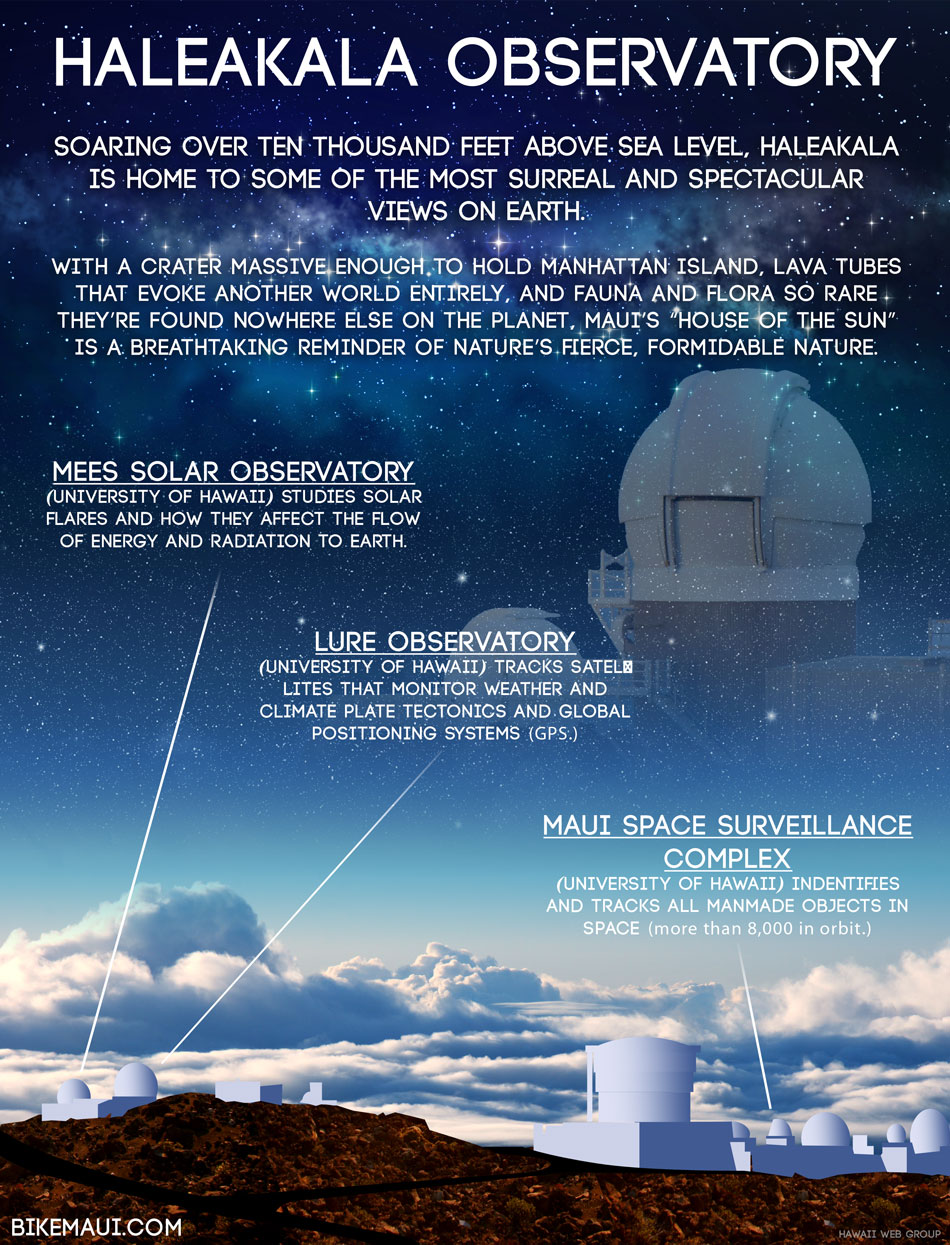
With a crater massive enough to hold Manhattan Island, lava tubes that evoke another world entirely, and fauna and flora so rare they’re found nowhere else on the planet, Maui’s “House of the Sun” is a breathtaking reminder of nature’s fierce, formidable nature.
The Valley Isle’s highest peak is also home to Haleakala Observatory, one of the leading astronomy observatories on Earth.
Otherwise known as the Haleakala High Altitude Observatory Site or “Science City,” this lookout—which lists the Air Force Research Laboratory and the Las Cumbres Observatory Global Telescope Network as two of its tenants—operates above one-third of the Earth’s atmosphere. Translation? With its ideal combination of dryness, height, stillness, and clarity—not to mention its views of three-quarters of the entire sky—it provides optimal conditions to contemplate the heavens above and gather fundamental research.
The compound—which is manned in part by the University of Hawaii—hosts several observatories that are crucial to modern astrophysical research.
Mees Solar Observatory
Chief among them is the Mees Solar Observatory. Named after the late British scientist and pioneer in the development of photographic emulsions, Kenneth Mees, this single-domed structure was conceived shortly after the Soviets launched Sputnik in 1957. Spurred by the foray into the science of space, scientists associated with Harvard and the Smithsonian determined the need for a satellite-tracking station in Hawaii, which would ultimately form a network of twelve telescopes across the world. Mees features a number of sophisticated instruments, from a high-resolution spectrograph—a tool that analyzes composition, temperature, motion, and more—to an imaging polarimeter, which is a remote application frequently seen in planetary science, weather research, and astronomy. Of its many claims to fame, Mees welcomed students from Williams College in 2012 to view the infrequent sight of the transit of Venus across the face of the sun.
Faulkes Telescope North
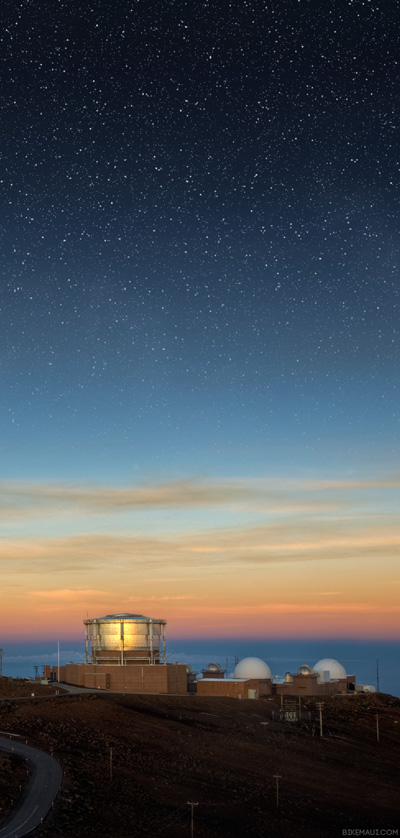 Next up on Haleakala’s slopes? Faulkes Telescope North. A twin of the Liverpool Telescope—one of the largest robotic telescopes in the world—Faulkes functions without human intervention and serves as a key member of the Las Cumbres Observatory Global Telescope Network, whose aim is to create a system of robotic telescopes around the world for scientific and educational purposes.
Next up on Haleakala’s slopes? Faulkes Telescope North. A twin of the Liverpool Telescope—one of the largest robotic telescopes in the world—Faulkes functions without human intervention and serves as a key member of the Las Cumbres Observatory Global Telescope Network, whose aim is to create a system of robotic telescopes around the world for scientific and educational purposes.
Pan-STARRS
Pan-STARRS—which is technically known as the Panoramic Survey Telescope and Rapid Response System—is an intricate system of telescopes, computers, and astronomical cameras that monitors the sky for moving and celestial objects. Primarily funded by the United States Air Force, its principal mission is to identify objects that may cause impact events—collisions that occur with celestial objects. In 2011, Pan-STARRS’ astronomers made headlines when they detected 19 near-Earth asteroids on a single night—the highest spotting ever recorded. Consider Pan-STARRS a highly-sophisticated safety net: Although the chances of an asteroid colliding with Earth are quite rare—a likelihood of approximately 1 in 1,000—discoveries from Pan-STARRS would enable governments to act should an asteroid’s proximity to our planet create a genuine threat.
TLRS-4 Laser Ranging System and Zodiacal Light Observatory
Critical scientific data is also gathered via Haleakala’s NASA-backed TLRS-4 Laster Ranging System, which computes orbits and provides vital information on the geophysical processes of our planet and the Earth-Moon system. With electronics weighing in at a whopping 15,000 pounds, the TLRS-4 promotes ongoing research in the fields of Lunar science, geodesy, and geophysics. And the Zodiacal Light Observatory—which includes a coronagraph to investigate the sun’s corona—features a Day Night Seeing Monitor Telescope that weighs in at 1,500 pounds and is affixed to a hydraulic elevator at the top of a 35-foot steel tower. Impressed yet? Consider this: Upgrades are in place to take ~200 images per second.
Maui Space Surveillance Site
Helmed by the Air Force, the Maui Space Surveillance Site houses the Air Force Maui Optical and Supercomputing Observatory, which was known for years as AMOS. With the ability to project lasers into the atmosphere, the site also features the Advanced Electro-Optical System—the United States’ largest optical telescope for tracking satellites. Owned by the Department of Defense, this lightning-fast and ultra-accurate telescope traces warheads and other man-made objects. Its cousin is located far south of the summit: The Maui High Performance Computing Center in Kihei, which boasts the 11th most powerful computing system in the world.
The complex instruments on Maui’s most beloved mountain also screen vibrations deep within the volcano’s interior. Why? The shield volcano, whose park encompasses over 34,000 acres and is listed as a United Nations International Biosphere Reserve, is classified as dormant—meaning that it could conceivably erupt in the future.
Daniel K. Inouye Solar Telescope
While the Haleakala Observatory plays an imperative role in science and defense, its existence hasn’t been without controversy. Much like Mauna Kea on the neighboring Big Island—which in 2015 saw the repeal of a construction permit for a $1.4 billion planned observatory—some native Hawaiians and environmentalists have opposed Science City. At its heart, Haleakala is a holy place—a place of legend and love and incredible importance for Hawaiians; early natives trekked to the mountain for the quiet and solace the lunar landscape and wilderness offered. The sacred spot also served as an essential site for traditional ceremonies.
Despite opposition, however, Haleakala has been selected as the site of the Daniel K. Inouye Solar Telescope—a groundbreaking, and ground-based, collaboration between 22 institutions that will culminate in the world’s largest solar telescope.
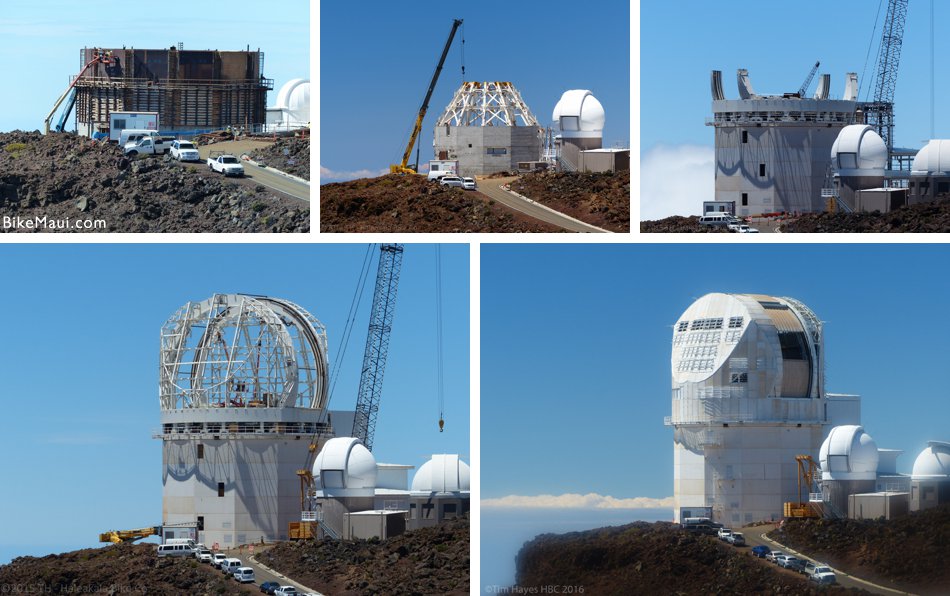
Considering that Haleakala inspired Mark Twain to remark, “I felt like the last man, neglected of the judgment, and left pinnacled in mid-heaven, a forgotten relic of a vanished world,” it’s no wonder that soul searchers and stargazers from around the globe flock to Haleakala, which draws roughly 2.2 million visitors per year. To reach its acme, motorists must ascend 10,023 feet in a mere 38 miles—rendering the road to Haleakala one of the steepest routes for cars in the world. Twenty-nine switchbacks comprise the stunning course, sending travelers through vastly diverse ecological systems that range from lush to barren. Given the richness of its placement on Earth, Haleakala could very well be considered a direct reflection of the heavens Science City was established to study.

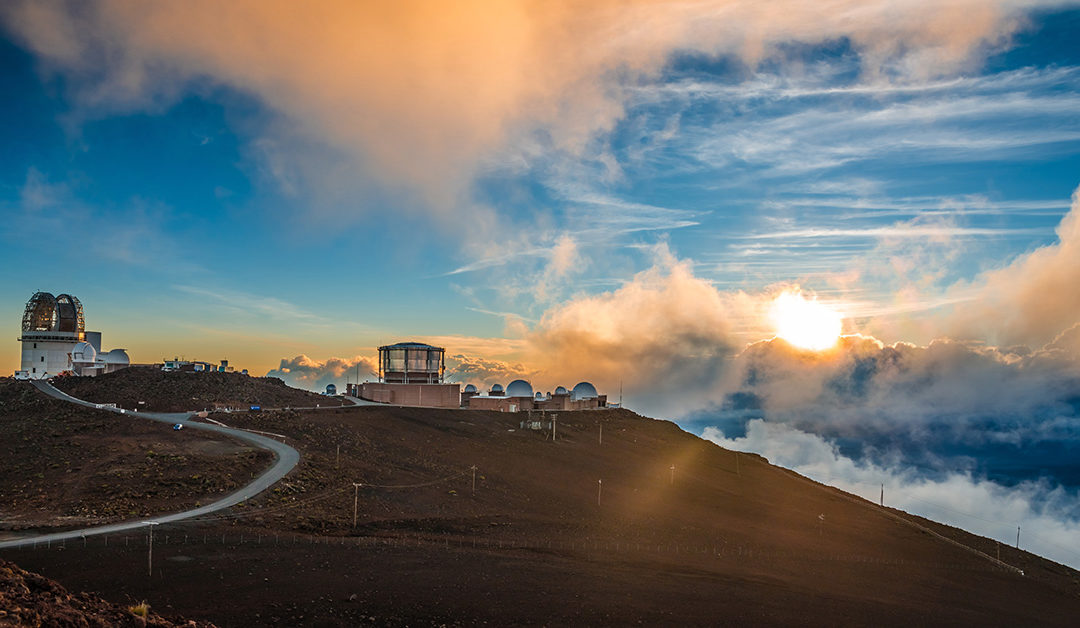
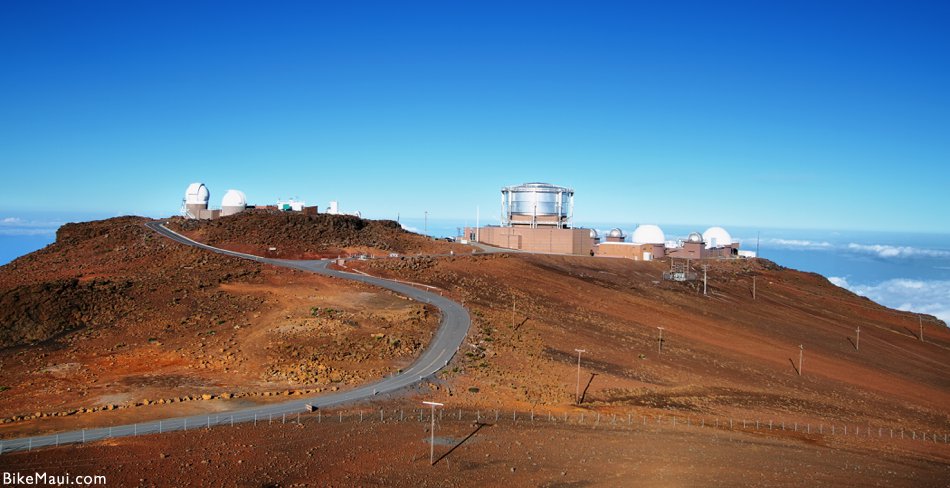
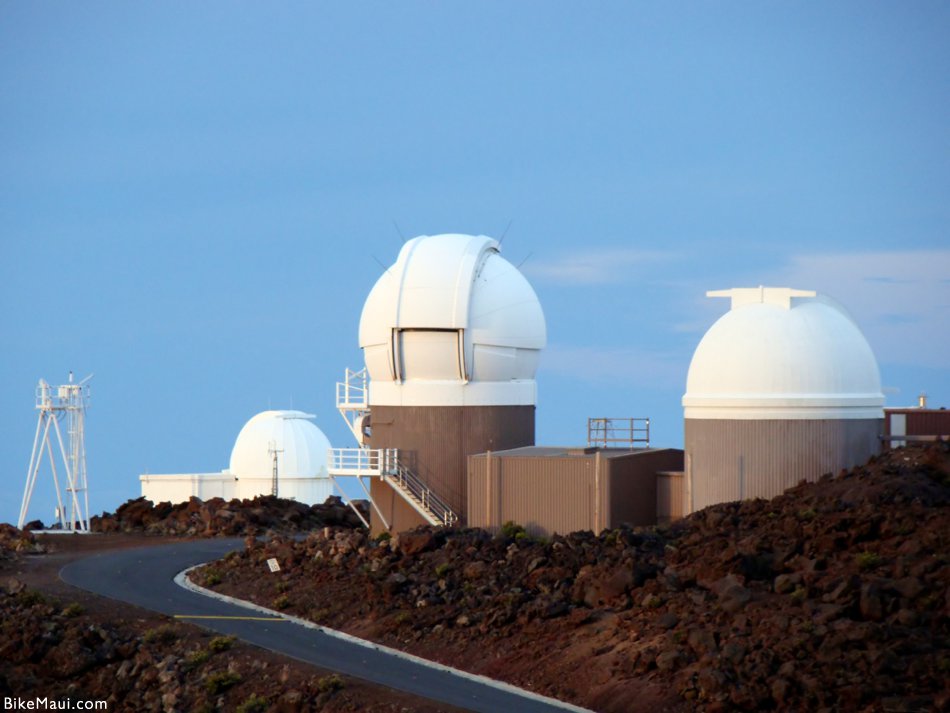
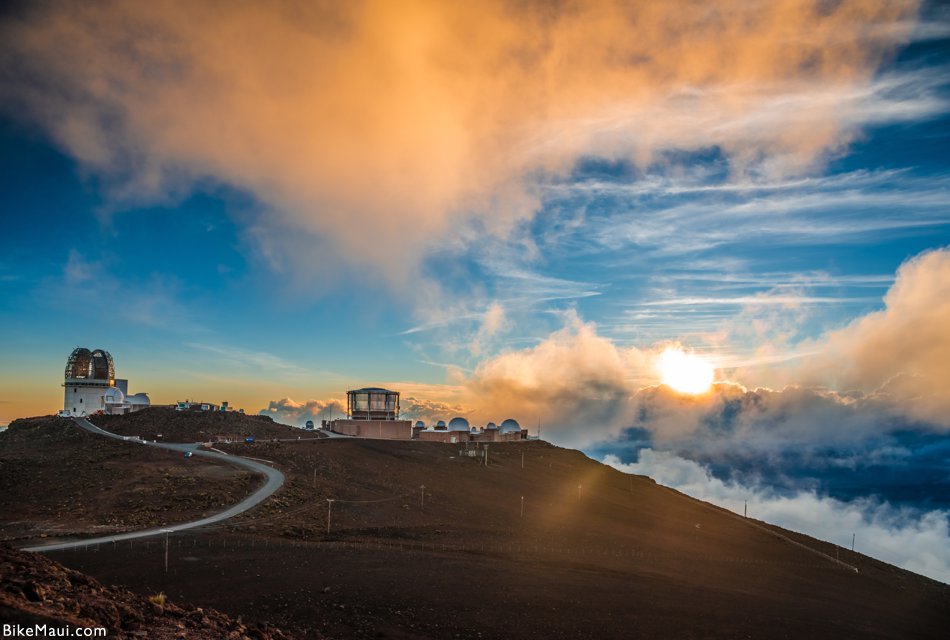
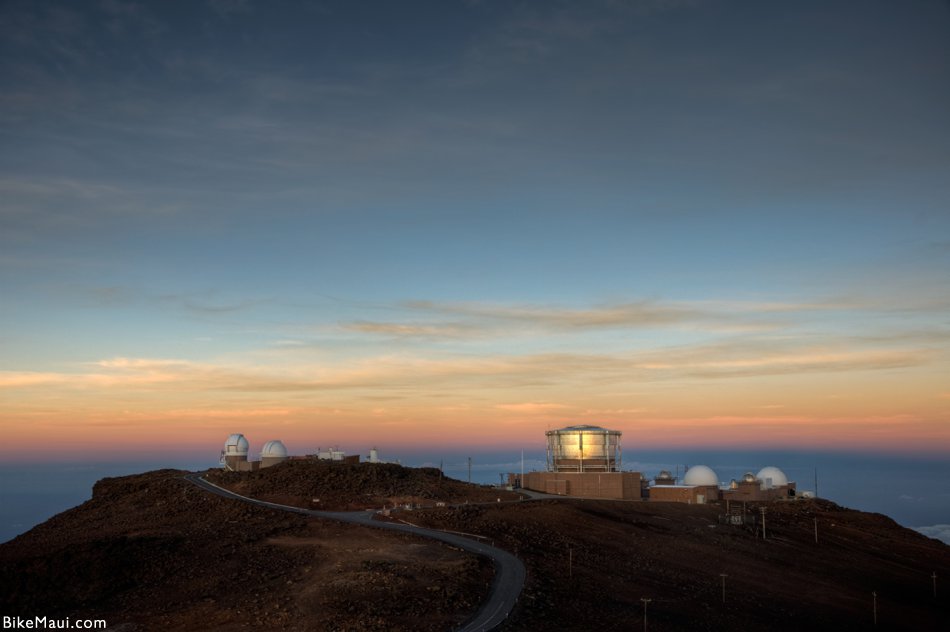



Was there 3 years ago and visited this amazing place….. One day I would love to go back
We hope to have you back! Haleakala is truly one of Earth’s most beautiful locations, it’s also amazing to see that it’s also one of Earths most significant places for the advancement of human knowledge. Good for the soul and the mind!
Do u have a tour of the observatory and can we go In